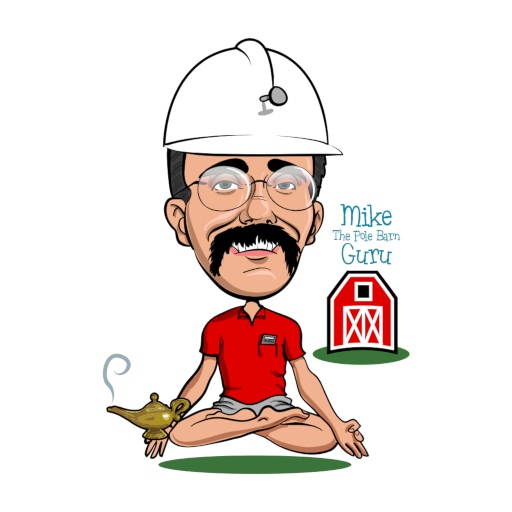I get asked nearly every day about the lifespan of pressure treated wood. Prior to expounding upon the virtues of pressure treatments, it would be helpful to know more about why untreated wood decays. With this information in hand we can see how current chemical treatment methods prevent wood decay.
The following is excerpted from a paper found at www.slideruleera.com
“All decay of wood is caused by fungi, low forms of plant life that develop and grow from spores just as higher plants do from seed. These microscopic spores abound everywhere in open air. Lodging in favorable places on untreated timber with which they come in contact, they germinate, sending out hyphae, or strands, that spread through the wood. These plant-like growths break down the wood substance, converting it into food required by fungi for development. However, like all forms of plant life, the spores of wood-destroying fungi must have air, suitable moisture and favorable temperature as well as food if they are to develop and grow. Deprived of any one of these four essentials, the spores cannot develop and the wood remains sound, retaining its full strength for many years of useful, low-cost service.
Wood submerged in fresh water cannot decay, because the necessary air is excluded; decay also will not progress in wood with moisture content less than 20 percent of its weight. Advancement of decay is progressively checked as temperatures drop below those generally favorable for plant growth, and all fungus activity stops as freezing temperatures are approached. Progress will resume, however, once favorable climatic conditions are restored. Because it is impractical to exclude air and moisture from, or to control temperatures in, most outdoor or exposed structures, effective preservation is attained by impregnating the wood with chemicals which are poisonous to fungi, insects and marine borers.
Spores of fungi may lie dormant in the crevices of untreated wood for years while conditions for development remain unfavorable, only to spring to life and begin their destructive activities whenever favorable growth conditions are restored.”
In a later blog, I will discuss the treatments for wood to preserve the longevity of posts and other lumber in contact with the ground. There is an interesting story of the evolution of what “works” and what is “approved”, so stay tuned.








Hello,
I am doing a research on behaviour of wood decay. I want to know if the rate of wood decay is linear or non-linear. Could you please guide me in my research?
Thanks,
Neer ~
Thank you for your question, it is one which I had never had posed before, so I did some research. My initial gut reaction was that it would be non-linear, I expected a slow decay onset, followed by more rapid degradation over time. I found work by Joanneum Research documenting a very lineal rate of decay.
Best regards ~ Mike
Thank you Mike for your reply. Could you also guide me to the Joanneum Research that you are referring to? That would be really helpful.
Thanks,
Neer